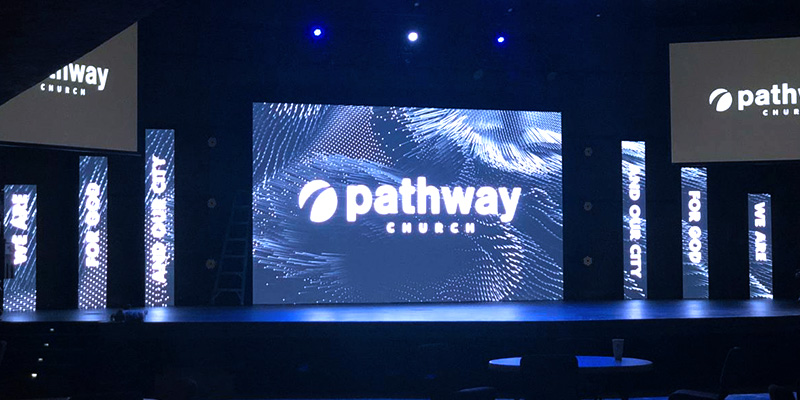A Thorough Analysis of Various Light Emitting Diode Video Screen Techniques and Their Uses
A Thorough Analysis of Various Light Emitting Diode Video Screen Techniques and Their Uses
Blog Article
Light Emitting Diode display walls are increasingly popular across different settings, such as concerts, sports competitions, as well as business meetings. These large large displays are made up of many individual LED panels that work together to form a cohesive cohesive image. Various multiple kinds of Light Emitting Diode display screen technologies available, every having its unique characteristics as well as advantages. Understanding these technologies options can help businesses and organizations choose the appropriate option for their particular needs.
One frequent type of Light Emitting Diode video wall technology is the directly viewed Light Emitting Diode. This technology utilizes separate LED modules which are placed near in proximity to form a large screen. Directly viewed Light Emitting Diode screens are recognized for their elevated luminosity as well as lively hues, making them ideal for external activities or brightly illuminated settings. These displays also have a wide sight angle, allowing indicating that people can view the screen distinctly from different positions. This renders direct view LED screens a favored option for stadiums and external events.
A different type of LED display wall solution is the LED-backlit Liquid Crystal Display. This technology merges traditional LCD displays with Light Emitting Diode illumination to enhance luminosity as well as color accuracy. LED-backlit LCDs are often used in indoor environments, including retail centers as well as meeting spaces. They provide excellent visual quality while are typically more affordable than directly viewed Light Emitting Diode walls. However, they may not function as well in well-lit environments, as the backlighting can occasionally dull the colors.
A third option is the OLED video wall. OLED technology offers exceptional contrast as well as hue depth in relation to other types of screens. Every pixel in an OLED screen produces its individual light, allowing for true dark tones as well as lively hues. This makes OLED display walls particularly appealing for applications that demand high-quality visuals, including gallery galleries or luxury retail stores. Nonetheless, OLED solution can be costlier expensive and may often be as luminous as direct view Light Emitting Diode screens, making it less appropriate for external use.
Along with led video wall for social media displays these technologies, there are additionally multiple applications for LED display screens. These displays can be used for promotion, amusement, as well as data display. For example, companies often utilize LED video walls for digital advertising to draw in customers and promote products. In entertainment, they enhance the visual encounter at music events as well as events, providing dynamic backgrounds and engaging images. In business environments, Light Emitting Diode display walls can be utilized for demonstrations, visual conferencing, as well as educational sessions, helping to communicate data in a aesthetically attractive way.
To summarize, Light Emitting Diode video walls are available in different technologies, every having its own advantages as well as applications. Directly viewed Light Emitting Diode walls are great for external applications, while LED illuminated Liquid Crystal Displays are more suitable for interior settings. OLED display screens offer exceptional visual quality but may be at a higher cost. Grasping the differences differences can assist entities make knowledgeable decisions about which type of Light Emitting Diode video wall most meets their requirements, whether it be for advertising, entertainment, or corporate use.